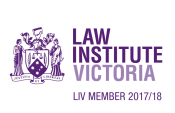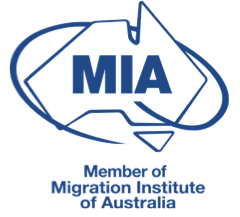- Partner Visas
- Applying In Australia? Subclass 820/801 Onshore Partner Visa
- Outside Australia? Subclass 309/100 Offshore Partner Visa
- Prospective Marriage (Fiancé) Visa – Subclass 300
- Have A New Zealand Citizen Partner?
- Subclass 482 TSS & 457 Visas – Adding Your Partner
- Student Visa Holders – Adding Your Partner
- Partner Visa Relationship Breakdown
- Employer Nomination/Sponsorship
- Subclass 186 Employer Nomination Scheme (ENS) Visa
- Temporary Skills Shortage (TSS) Visa | Subclass 482
- Subclass 407 Training Visa
- Subclass 494 Skilled Employer Sponsored Regional (Provisional) Visa
- Subclass 191 Permanent Residence (Skilled Regional) Visa
- Temporary Work (Short Stay Specialist) Subclass 400 Visas
- Employer Services
- Business/Investment Visas
- Skilled Migration
- Other Visa Services
- Our Visa Guarantee
- Resources
- COVID-19 Immigration Resource Centre
- Need Help With Visa Application Costs?
- Occupation Lists
- Priority Migration Skilled Occupation List
- Medium & Long-Term Strategic Skills List – March 2019
- Short-term Strategic Skills List – March 2019.
- Subclass 494 Visa Occupation List
- Subclass 491 (State Nominated Stream) Occupation List
- Subclass 491 (Family Sponsored Stream) Occupation List
- Combined List of Eligible Occupation
- Designated Regional Areas & Postcode List
- FAQ
- Helpful Advice
- Moving To Australia Guide
- Home
- Partner Visas
- Applying In Australia? Subclass 820/801 Onshore Partner Visa
- Outside Australia? Subclass 309/100 Offshore Partner Visa
- Prospective Marriage (Fiancé) Visa – Subclass 300
- Have A New Zealand Citizen Partner?
- Subclass 482 TSS & 457 Visas – Adding Your Partner
- Student Visa Holders – Adding Your Partner
- Partner Visa Relationship Breakdown
- Employer Normination Visas
- Subclass 186 Employer Nomination Scheme (ENS) Visa
- Temporary Skills Shortage (TSS) Visa | Subclass 482
- Subclass 407 Training Visa
- Subclass 494 Skilled Employer Sponsored Regional (Provisional) Visa
- Subclass 191 Permanent Residence (Skilled Regional) Visa
- Temporary Work (Short Stay Specialist) Subclass 400 Visas
- Employers
- Business Visas
- Skilled Migration
- Other Visa Services
- Other Visa Services
- Resources
- Covid-19 Immigration Resource Centre
- Need Help With Visa Application Costs?
- FAQ
- Helpful Advice
- Occupation Lists
- Medium & Long-Term Strategic Skills List – March 2019
- Short-term Strategic Skills List – March 2019
- Subclass 494 Visa Occupation List
- Subclass 491 (State Nominated Stream) Occupation List
- Subclass 491 (Family Sponsored Stream) Occupation List
- Combined List of Eligible Occupation
- Designated Regional Areas & Postcode List
- About Us
- Blog
- Testimonials
- Direct Contact Details

 Points Test
Points Test
 Book Now
Book Now 

